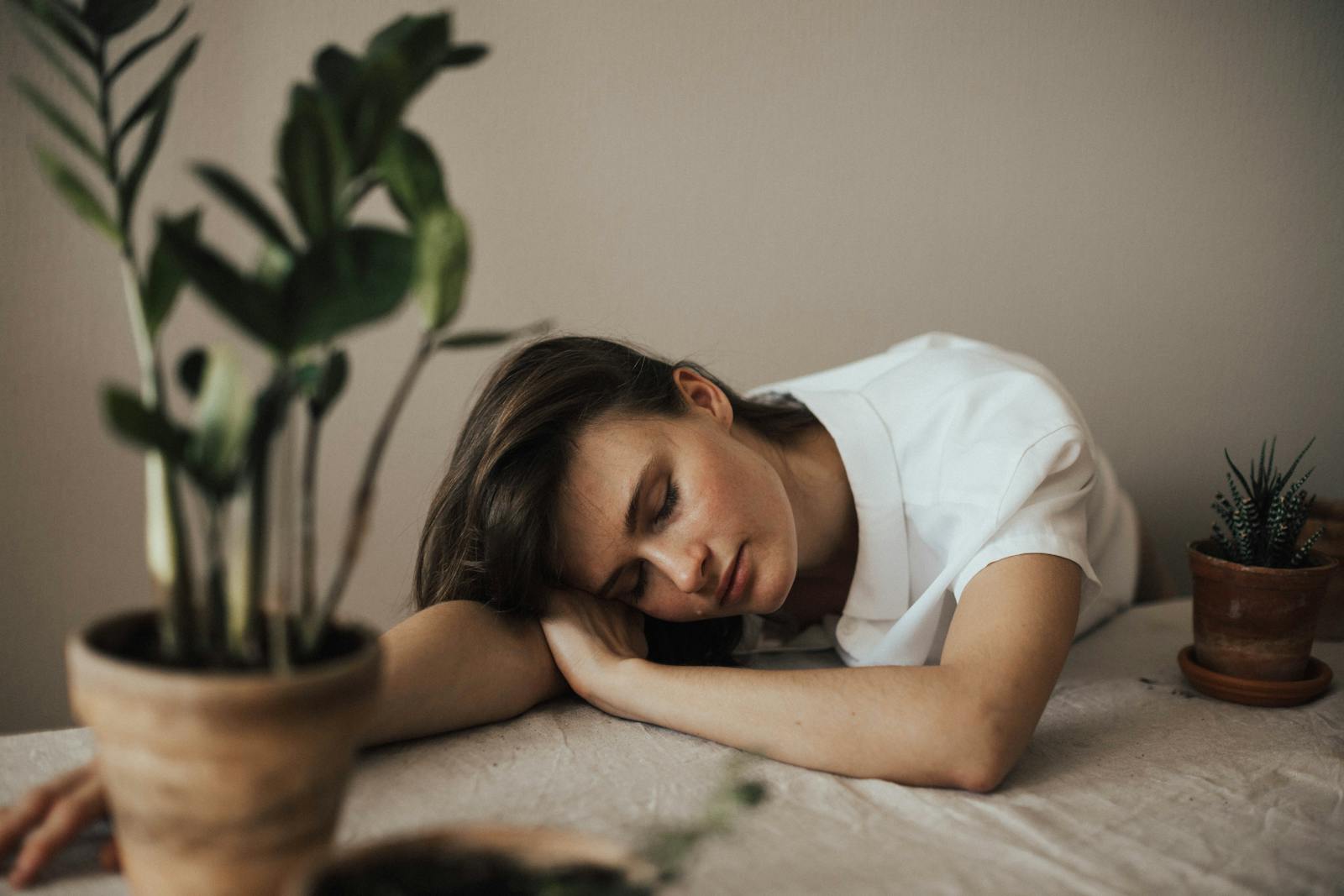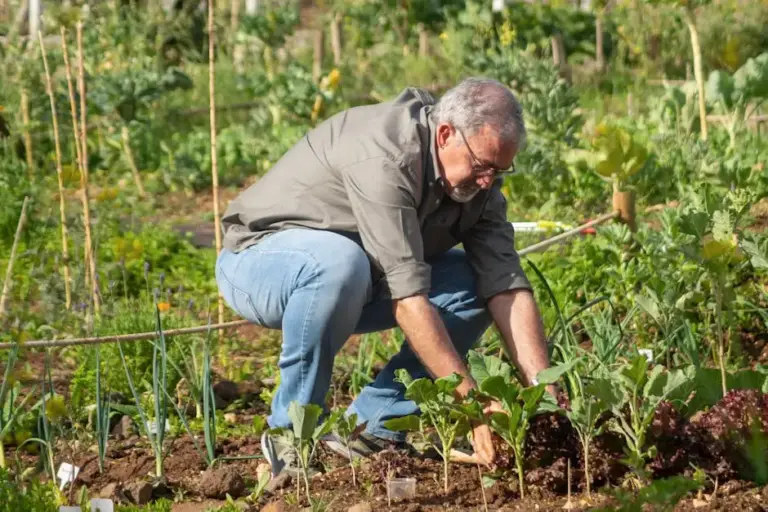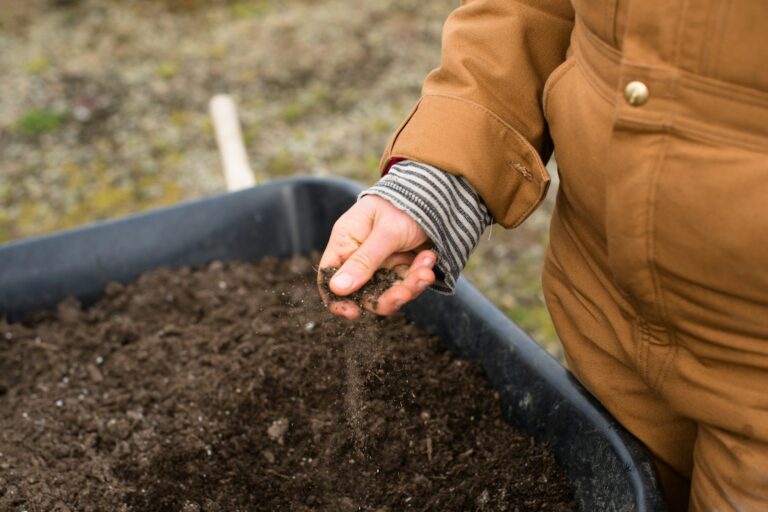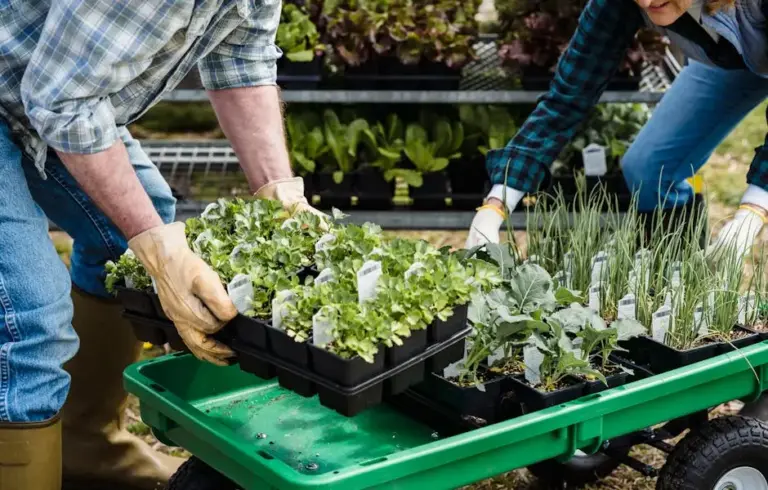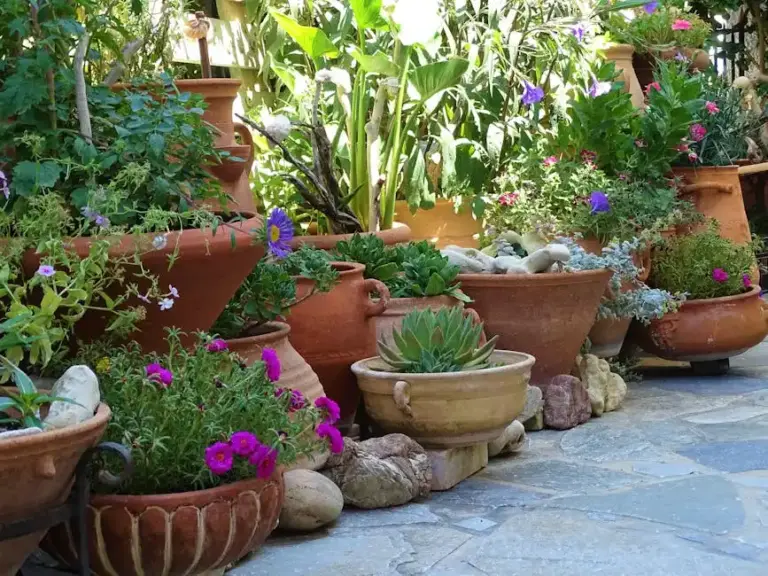The Easiest Plants for New Gardeners to Keep Alive Indoors That Bring Joy Without the Fuss
Thinking about adding some greenery to your home but worried you might not have a green thumb? You’re not alone. Many people want houseplants that are easy to care for and can handle a little neglect.
Picking the right plants can make all the difference. Some indoor plants barely need any attention and still manage to thrive, even if you forget about them now and then.
Snake Plant
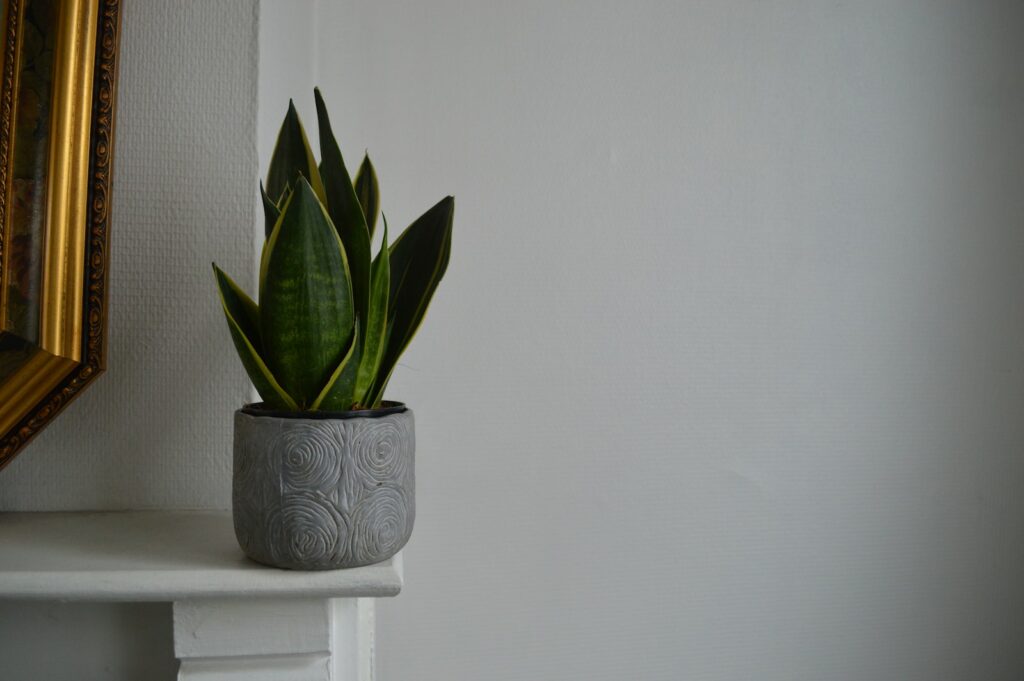
Snake plants are nearly impossible to kill and are perfect for anyone just starting out. They grow slowly and do well in low light, so you don’t need to stress about finding the sunniest spot.
You only need to water them every few weeks when the soil is totally dry. This helps keep root rot away.
They like warm rooms and well-draining soil. Fertilizing just twice a year is plenty.
Snake plants can live for years with very little care. Their tough leaves mean they’ll survive if you forget to water.
You can even grow new snake plants from leaves or cuttings to share with friends. This makes them a fun choice for beginners.
Learn more about how to grow and care for a snake plant from this detailed snake plant care guide.
Pothos

Pothos is a favorite for anyone who wants a plant that just keeps going. It doesn’t need much light, so it works in rooms with medium to low sunlight.
Keep it away from direct sun, though, because the leaves can get scorched. Let the soil dry out between waterings and watch for drooping leaves, which means it’s thirsty.
Pothos grows quickly with long, trailing vines that look great in any space. You can easily make new plants by cutting a piece and putting it in water.
If you’re busy or tend to forget about your plants, pothos won’t hold it against you. It’s a simple way to add greenery without extra work.
ZZ Plant
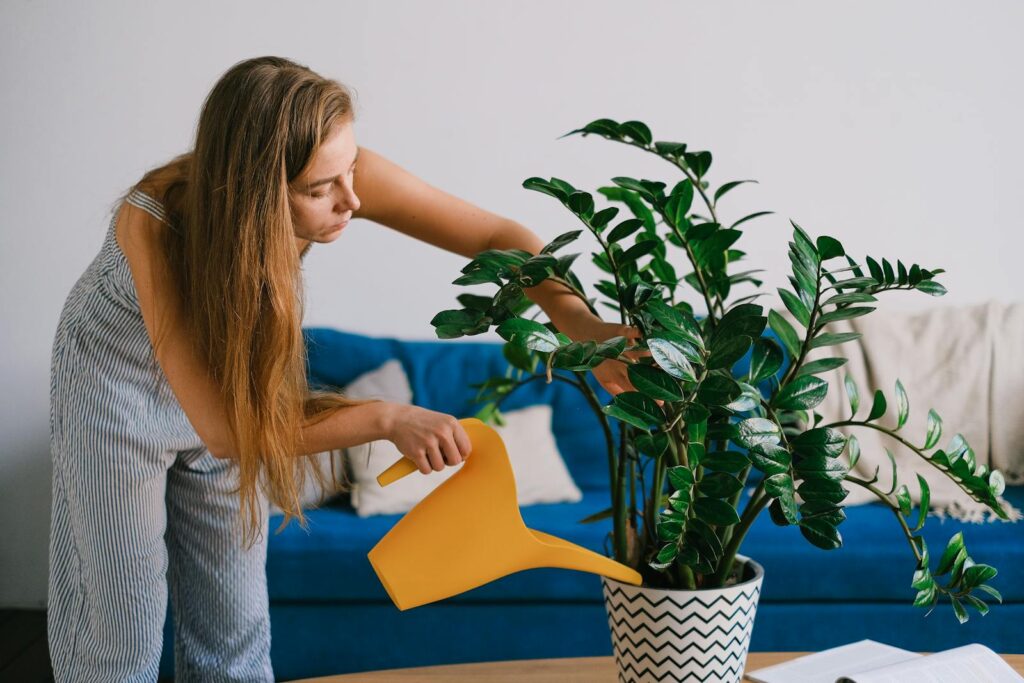
If you’re always on the go or new to plant care, the ZZ plant is a lifesaver. It can handle missed waterings and does well in low light.
You can put it in a corner or near a window with indirect light. Too much direct sun can harm the leaves.
Water only when the soil feels dry. Its thick stems store water, so it can survive dry spells.
ZZ plants can be propagated from leaf cuttings or by dividing the roots. This means you can grow more without buying new ones.
The ZZ plant also helps clean the air and brings a modern look to your room.
Spider Plant
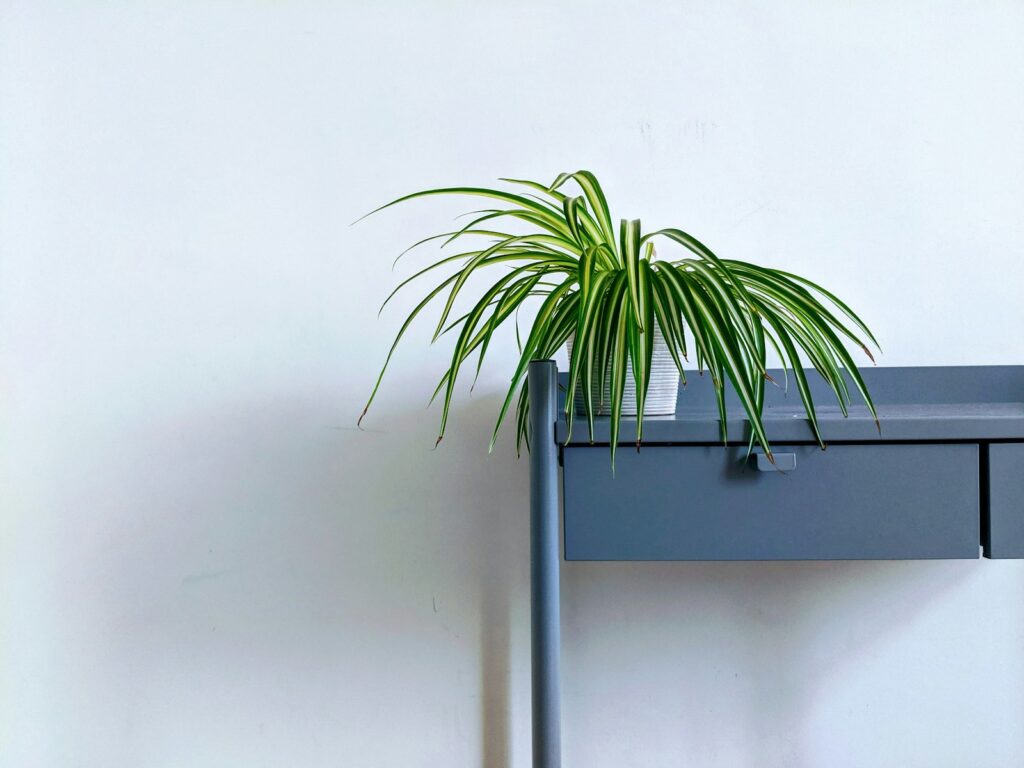
Spider plants are a classic choice for beginners. Their long, striped leaves brighten up any room and they don’t need a lot of attention.
They prefer bright, indirect light but will also grow in lower light. Water when the top inch of soil is dry and avoid overwatering.
One of the best parts is the baby plants, or spiderettes, that grow from the main plant. You can easily snip these off and start new plants.
Spider plants are also known for cleaning the air. If you’re looking for a simple, attractive houseplant, spider plants are a solid pick.
Peace Lily

Peace lilies are a great starter plant for anyone new to indoor gardening. They do well in bright, indirect light but can also handle low light.
Keep the soil moist but not soggy. Water when the top inch of soil feels dry and avoid overwatering.
They appreciate a bit of humidity, so misting the leaves helps. Peace lilies can bloom indoors with lovely white flowers.
These plants also help purify the air. They’re tough and can recover if you miss a watering.
Jade Plant

Jade plants are a friendly option for beginners. Their thick, shiny leaves and slow growth make them easy to manage.
Water only when the soil is dry. This simple routine keeps things stress-free.
Jade plants like bright, indirect sunlight. Too much direct sun can burn their leaves, but they still need enough light to stay healthy.
Use well-draining soil to prevent root rot. Jade plants can live for decades with the right care.
You can also take cuttings to grow new plants.
Cast Iron Plant
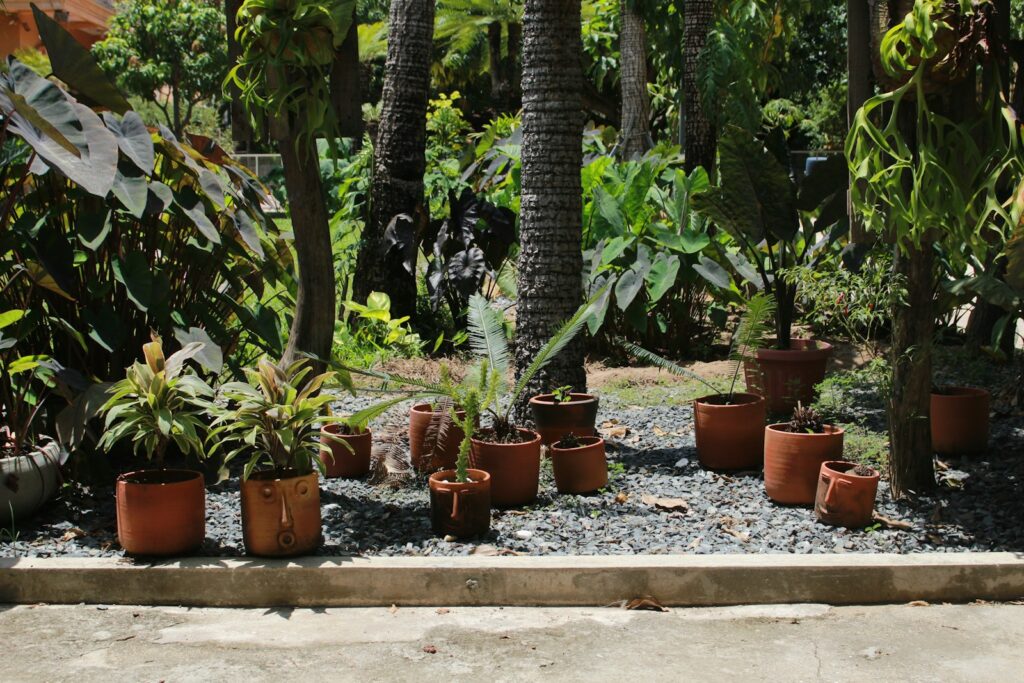
If you have low-light spots and forget to water now and then, the cast iron plant is for you. It’s tough and can survive in less-than-ideal conditions.
It has long, shiny green leaves that look great in any room. The cast iron plant fits well in small pots or larger containers.
Water when the soil feels dry, but don’t let it sit in water. You can remove dead leaves to encourage new growth.
To grow more, just divide the roots in early spring.
Aloe Vera
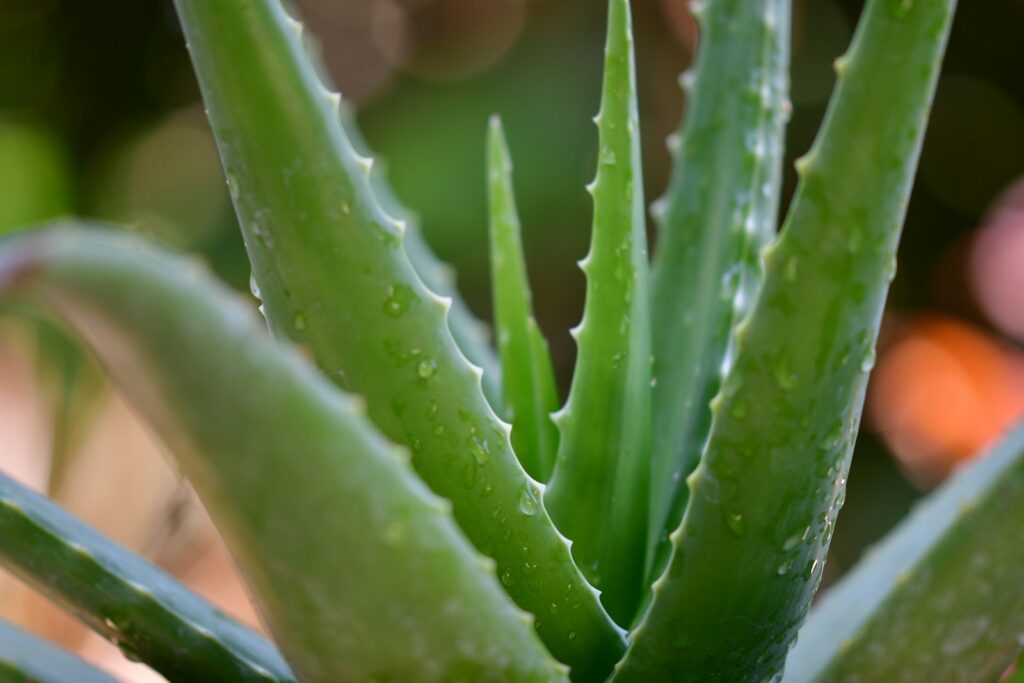
Aloe vera is a low-maintenance favorite. It only needs water when the soil is completely dry.
Place it near a sunny window for several hours a day. If your room is dark, a grow light works too.
Aloe vera likes well-draining soil and pots with holes to prevent root rot. Use a gritty soil mix made for succulents.
Remove dead leaves and rotate the plant every few weeks for even growth. Aloe vera also produces offshoots you can separate and repot.
Philodendron
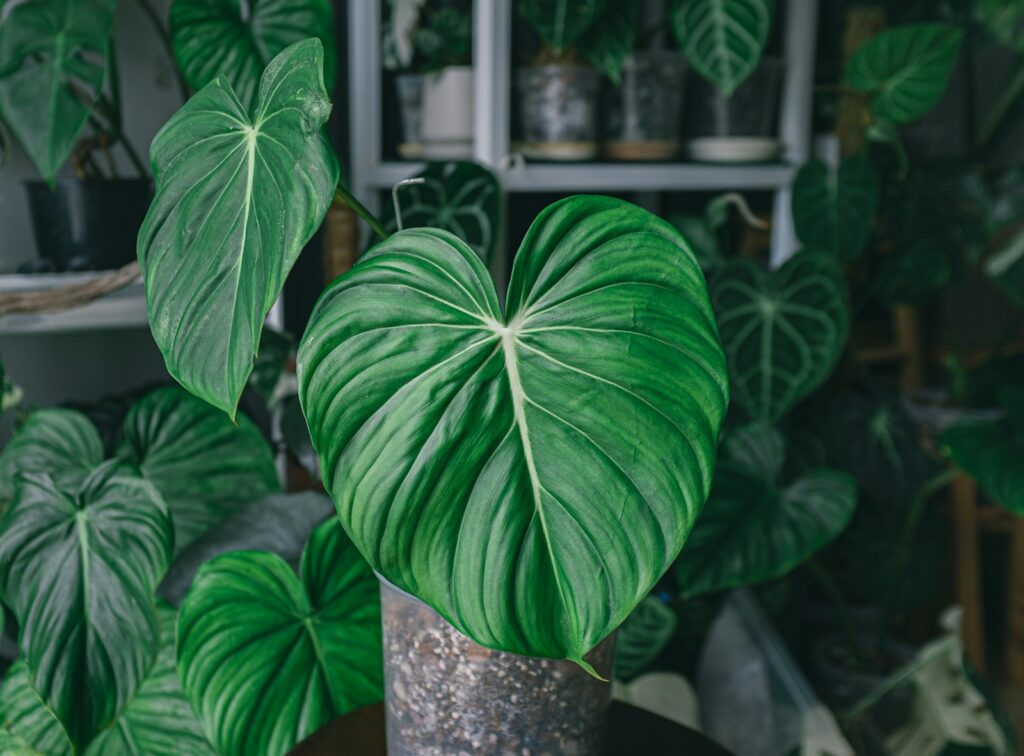
Philodendrons are an easy way to bring some green into your space. Many have heart-shaped leaves and don’t require much experience to keep alive.
They do best in bright, indirect light. Too much direct sunlight can burn the leaves.
Keep the soil moist but not soggy. Water when the top inch is dry.
The Heartleaf Philodendron is especially easy to care for.
Norfolk Island Pine
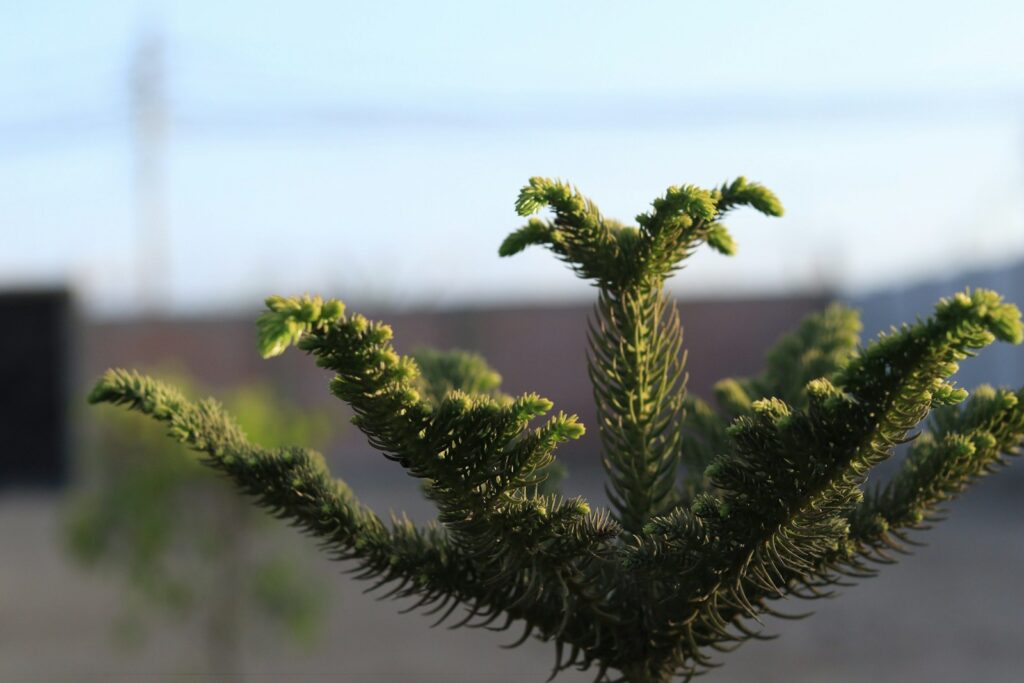
If you want something a bit unique, the Norfolk Island Pine is a fun pick. It grows well indoors and can reach a few feet tall.
Give it bright, indirect light near a window. Avoid harsh, direct sun to keep the needles healthy.
Keep the soil moist and water when the top feels dry. This plant loves humidity, so mist the leaves or use a humidifier.
Norfolk Island Pines do best in steady, moderate temperatures. With a little care, they can last for years and add a cozy feel to your home.
Essentials for Thriving Indoor Plants
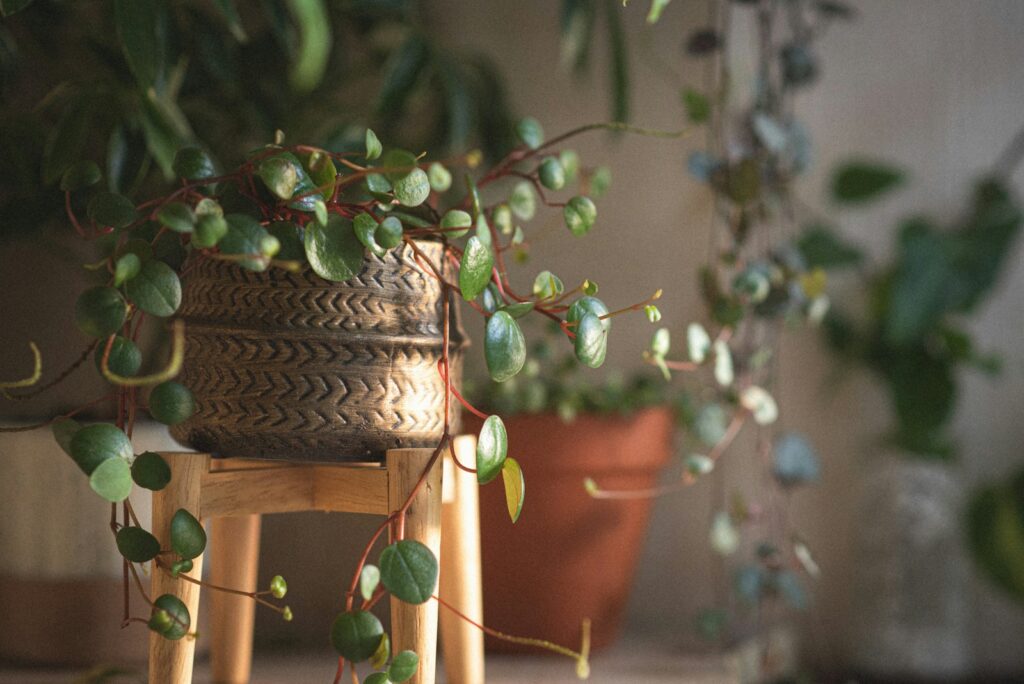
Healthy indoor plants start with the basics. Make sure you give them the right amount of light and water, and use good pots and soil.
These simple steps help your plants grow strong and last longer.
Light Requirements Explained

Most houseplants prefer indirect sunlight. Too much direct sun can burn leaves, but not enough light can make them weak.
Check the light in your space. South or east-facing windows usually work well.
If your home is dim, pick plants that do fine in low light like pothos or snake plants. Grow lights can also help, especially in winter.
Watering Best Practices
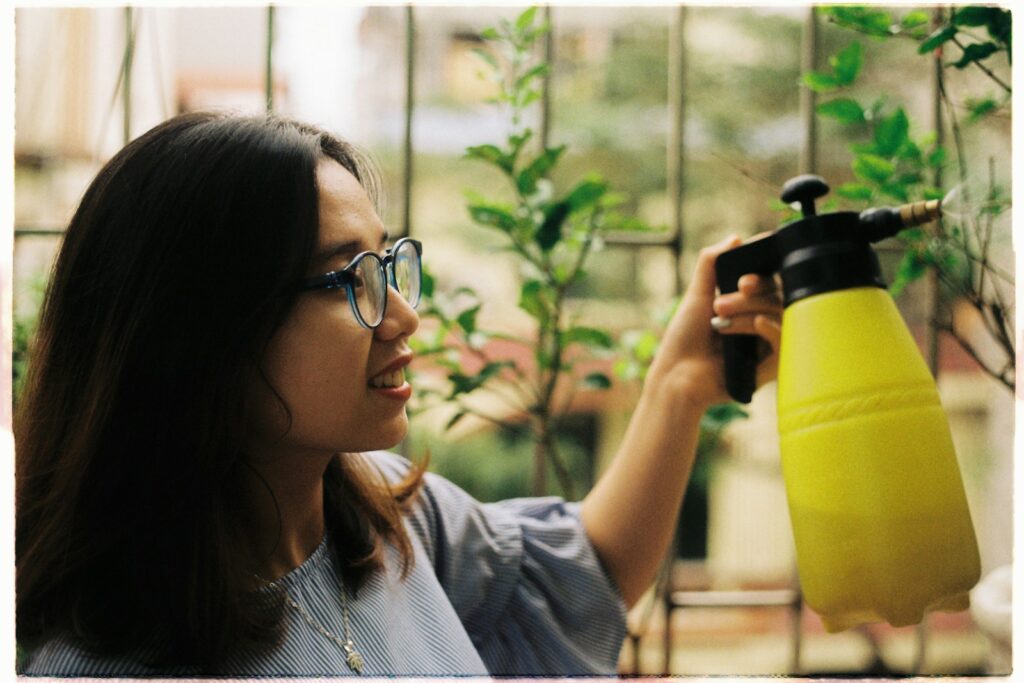
Overwatering is a common mistake. Let the top inch of soil dry out before watering again.
Make sure your pots drain well so roots don’t sit in water. Avoid watering on a strict schedule since every plant and season is different.
Choosing the Right Pots and Soil
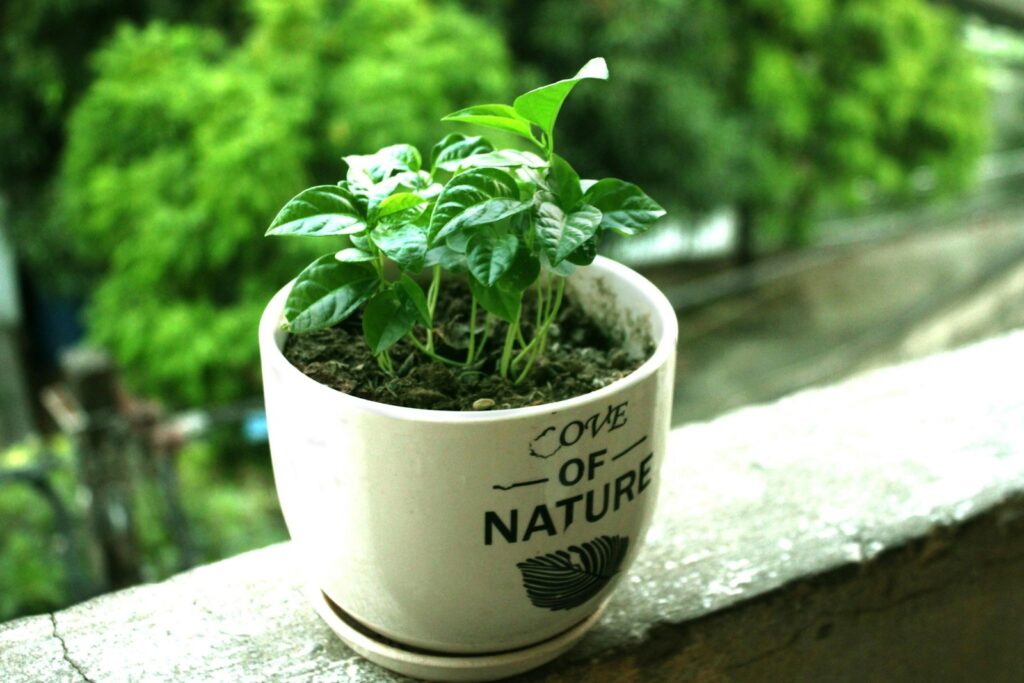
Pick pots with drainage holes to prevent water buildup. Use soil made for indoor plants that drains well but keeps some moisture.
If you repot, choose a pot just one size bigger. Well-draining soil and the right pot keep roots healthy.
Common Indoor Gardening Challenges
Every indoor gardener faces a few bumps along the way. Watching for signs of stress and catching pests early will help keep your plants looking their best.
Recognizing Signs of Plant Stress

Ever notice your plant looking a little off and wonder what’s going on? Plants can’t speak up, so you have to play detective and look for signs.
Yellow or brown leaves might mean your plant is getting too much sun, not enough water, or the air is too dry. If you see drooping leaves, it could be a sign your plant needs water or is feeling overheated.
Slow growth or leaves dropping off can also be a hint that your plant isn’t comfortable with its spot or the amount of light it’s getting. Taking a quick look at your plants each day can help you spot these problems before they get worse.
Preventing Pests and Diseases
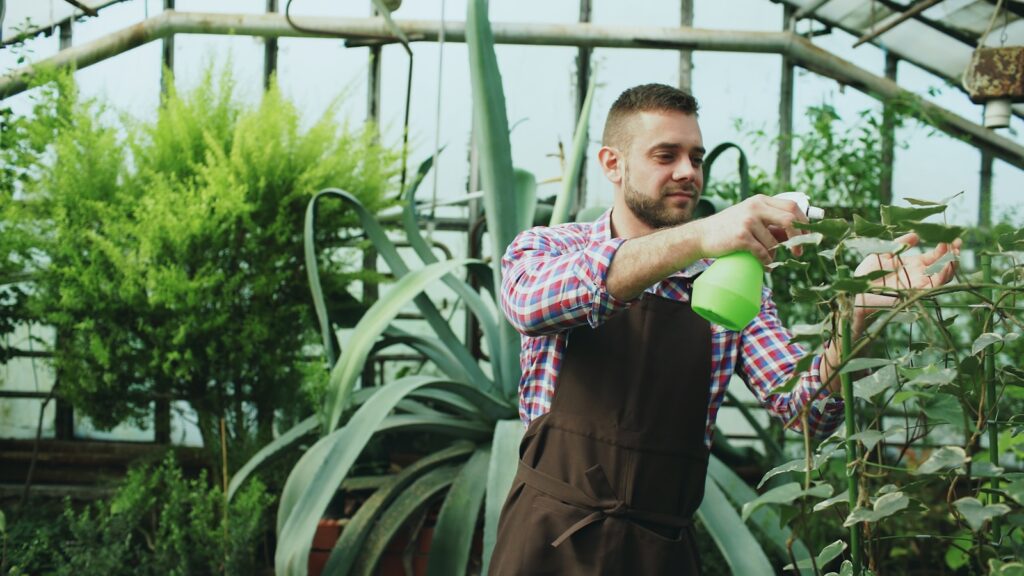
If you’ve ever noticed tiny bugs or mysterious spots on your houseplants, you’re not alone. Pests like spider mites, aphids, and fungus gnats seem to appear out of nowhere and can quickly take over.
Check under leaves and near the soil for tiny webs, sticky residue, or small insects. These are often the first clues that something is off.
Keeping pests at bay starts with simple habits. Make sure you’re not overwatering, and try to give your plants plenty of air circulation.
Wiping leaves with a damp cloth can help, and a gentle insect spray works for stubborn bugs. If you bring home a new plant, keep it separate from your other plants for a while to avoid spreading any hidden pests.
Diseases usually show up when soil stays too wet or the air is stagnant. Empty any standing water from pots and remove dead leaves as soon as you spot them.
Healthy plants are less likely to have major problems, so a little attention goes a long way.

